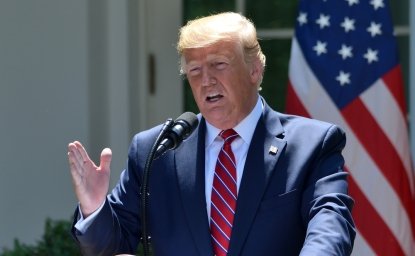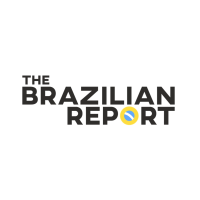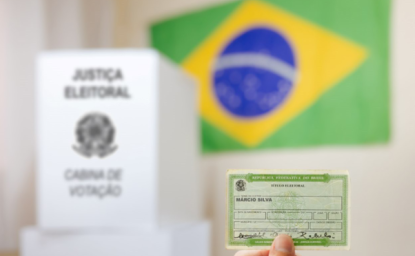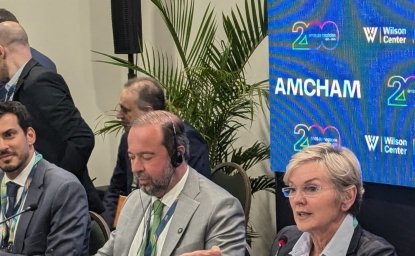
A blog of the Brazil Institute
At first glance, the quality of Brazil’s educational system may seem abysmal. The latest edition of the Program for International Student Assessment (PISA) by the Organization for Economic Co-operation and Development (OECD) places Brazil in the bottom ten of its ranking of seventy countries in science, math, and reading.
Moreover, the Brazilian Institute of Geography and Statistics (IBGE) reports that over half of Brazilian citizens over twenty-five years old do not have high school diplomas—among which 33 percent have not even finished elementary school.
While the overall performance is very poor, there is a silver lining to prove that Brazil is capable of producing high-quality schools. Another assessment test performed by the OECD, called PISA-for-Schools, evaluates fifteen-year-old students from seventy countries. In Brazil, forty-six schools were selected to participate, of which thirty-three were public facilities.
To the surprise of many, one group of students performed better than many of their counterparts from developed countries. The students in question came from state technical schools (ETECs) in São Paulo. In three schools located in the state capital (one of which is in Jardim Ângela—a neighborhood with the fourth-lowest Human Development Index of São Paulo), the overall performance was better than average scores in Canada, Finland, Japan, Poland, Portugal, France, the U.K., the U.S., Russia, China, and Chile.
The ETEC located in the countryside town of Novo Horizonte also obtained higher scores in science than the U.K., Poland, and France, as well as beating the U.K., Portugal, and China in reading.
The Outstanding Performance of São Paulo's ETECS
Technical schools are seen by many experts as a gateway out of unemployment—as they combine the regular school curriculum with courses that will allow students to exercise a profession after finishing high school. While South American neighbors Chile have 40 percent of their students aged between fourteen and seventeen years old in such schools, the rate drops to only five percent in Brazil.
“Every time we compare student performance, it is important to remember that those in ETECs are not the typical Brazilian students. They went through a very intense selective process,” said Cláudia Costin, the director of the Center of Excellence and Innovation in Education Policy at think tank Fundação Getulio Vargas.
There is an average of four people competing for each spot in São Paulo’s ETECs, according to Laura Laganá, the director-superintendent of the Paula Souza Center in São Paulo, which is responsible for the state’s technical schools. Despite ETECs only accepting highly performing students, they are also outperforming many private schools in Brazil, suggesting they could be models for nationwide policy making.
What Makes São Paulo’s Technical Schools Successful?
One upside technical schools have from their regular counterparts is their very nature. As part of the courses is focused on the job market, the curriculum is constantly updated and modernized.
The competitive admissions process also ensures that only high-performing students are able to enroll. Moreover, ETECs are committed to the attitudinal and sociological development of their students, said Ms. Laganá, during the International Conference for the Launch of PISA-for-Schools in Rio de Janeiro.
São Paulo’s ETECs also invest significantly in teachers. The technical schools provide training, higher pay, and only require that teachers work in one school. ETECs have longer school hours than regular public institutions, so teachers are able to stay on one campus for the entire day. In regular Brazilian public schools, most teachers juggle classes in multiple schools on the same day.
“They teach in four or five schools and spend time traveling between schools. This prevents the development of a collaborative environment between the teachers where they plan classes under a common methodology,” said Ms. Costin.
Aside from training their teachers, technical schools also focus on enhancing their academic curriculum. As well as professional courses, students are also expected to take more conventional classes. Moreover, courses rely on diverse approaches to learning. Students are encouraged to work on projects, rather than traditional exams, said Ms. Laganá.
“The teacher ensures that the student has a more experiential, hands-on learning experience as opposed to relying on lectures. This can already be reproduced in [Brazil’s] current situation, even during the short teaching time that we have today [in regular public schools],” said Ms. Costin.
She emphasized that it is imperative that other institutions follow the model laid down by technical schools. She encourages public schools to increase the number of class hours per day. In the current context of public schools, teachers are expected to cover thirteen subjects in four-hour slots spread across several days. Teaching a large quantity of material over a short period of time forces teachers to adopt less-engaging methods.
Expanding the ETEC Model Across Brazil
The state of Pernambuco is a prime example of how policies adopted by ETECs can be applied to regular public schools across the country. In fact, Pernambuco has gradually increased the length of its school day. Most of Pernambuco’s public schools are required to run for nine hours, five days a week. In 2007, the state was one of Brazil’s lowest ranked on the Index of Basic Education Development (IDEB), according to Unibanco Institute. Ten years later, the state rose to third place nationwide.
“It’s a sign that it is possible to change things, but this was done over the years with good education policies,” said Ms. Costin.
Like the content? Subscribe to the Brazilian Report using the discount code BI-TBR19 to get 20 percent off any annual plan.
Author

Brazil Institute
The Brazil Institute—the only country-specific policy institution focused on Brazil in Washington—aims to deepen understanding of Brazil’s complex landscape and strengthen relations between Brazilian and US institutions across all sectors. Read more

Explore More in Brazil Builds
Browse Brazil Builds
They're Still Here: Brazil's unfinished reckoning with military impunity




